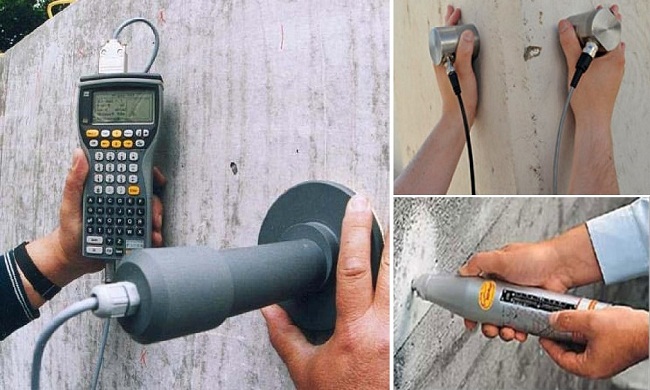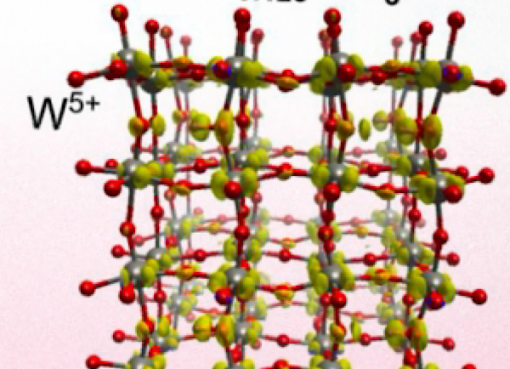Non-destructive tests (NDT) are test methods which are used to examine the hardened concrete structure for their suitability for its intended use without interfering in any way with the integrity of the material or its suitability for service.
There are various NDT tests available for concrete structures that range from the simple to the complicated test methods, and they are selected based on their suitability and applications.
These tests can be completely non-destructive, or partially destructive tests which may not have much effect on the strength and durability of concrete structure.
Basic Method of NDT Tests
The following methods are commonly used for NDT of concrete structures. The typical applications of those methods are briefed.
1. Visual inspection of concrete structure
Visual inspection of concrete structure is carried out before any intended non-destructive test. Visual inspections provides information on type of concrete damage, their possible causes, and type of NDT test suitable for further investigation. Visual inspection is carried out by experienced civil engineers who can interpret information from the damages in the concrete structure.
2. Schmidt NDT Test or Rebound Hammer Test
It is carried out for the evaluation of surface hardness of concrete structures. The surface hardness of concrete is the indication of strength of concrete.
3. Carbonation Depth Measurement Test
This NDT is used to determine the depth of concrete affected due to combined attack of atmospheric carbon dioxide and moisture causing a reduction in level of alkalinity of concrete, and reinforcement may suffer from corrosion as a result.
4. Permeability Test
Permeability test of concrete structure is utilized to find the permeability which is the measure of flow of water through the concrete.
This test is used to measure the surface hardness and hence the strength of the surface and near surface layers of the concrete.
6. Half-cell Electrical Potential Method
This NDT test is used to detect the corrosion potential of reinforcing bars in concrete.
7. Covermeter Test
This test method is used to measure the cover to reinforcement bars in structure and also the diameter of reinforcement used in existing member.
8. Radiographic Test
Radiographic test is used to detect voids in the concrete and the position of stressing ducts.
9. Ultrasonic Pulse Velocity Test
It is used for the finding the compressive strength of concrete.
10. Sonic Integrity Test method
Sonic integrity test is using an instrumented hammer providing both sonic echo and transmission methods. It is broadly used to test the quality of concrete structures.
11. Tomographic Modelling
Tomographic modelling, which uses the data from ultrasonic transmission tests in two or more directions, is employed to detect voids in concrete.
12. Impact Echo Test
It is used to detect location and extent of defects such as cracks, voids, delamination, honeycombing and debonding in plain, reinforced concrete and post-tensioned concrete structural members.
13. Ground Penetrating Radar
Ground Penetrating radar or impulse radar testing, used to detect the position of reinforcing bars or stressing ducts. This method is used in place of radiographic inspection for inspection of post-tension cables, conduits in concrete and position of reinforcement bars.
14. Infrared Thermography
This method is used to detect concrete defects such as voids, cracks, delamination and other anomalies in concrete. This method is also used to detect water entry points in buildings.
Concrete Properties Assessed by NDTs
- In situ strength properties
- Durability
- Density
- Moisture content
- Elastic properties
- Extent of visible cracks
- Thickness of structural members having only one face exposed
- Position and condition of steel reinforcement
- Concrete cover over the reinforcement.
- Reliable assessment of the integrity or detection of defects of concrete members even when they are accessible only from a single surface.
Source: Thecostructor










